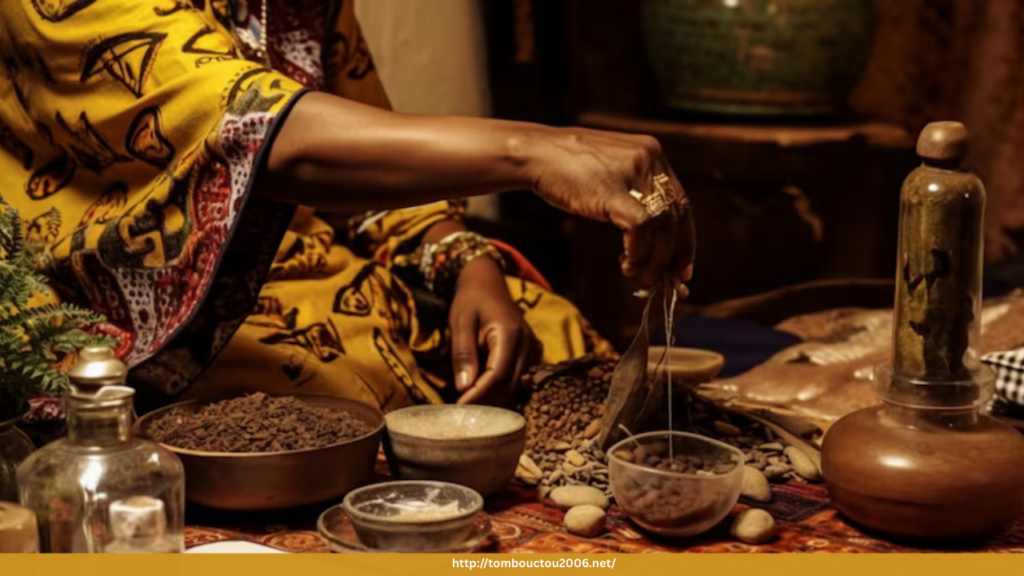
In Mali, where centuries-old customs still guide daily life, traditional healers are more than just caregivers—they are trusted spiritual leaders, herbalists, and counselors. Known as guérisseurs, marabouts, or herbal doctors depending on region and role, these healers have long been at the heart of community health. As addiction grows into a public health concern across the country, traditional healers are stepping into an increasingly important—and complex—role in Mali’s fight against substance abuse.
Substance use in Mali, particularly among youth and marginalized communities, has been rising in recent years. From cannabis and alcohol to more dangerous synthetic drugs and pharmaceutical misuse, addiction is no longer confined to the shadows. Yet many Malians, especially in rural areas, have limited access to formal healthcare or rehabilitation centers. In these communities, traditional healers often serve as the first and sometimes only point of care.
Healers approach addiction through a holistic lens. They see substance use not only as a physical ailment but also as a spiritual and social disturbance. Treatments often involve herbal detoxification remedies, spiritual cleansing rituals, and moral guidance. Common herbal ingredients may include extracts from neem, baobab, moringa, and tamarind—plants believed to purify the blood and calm the mind. These treatments are typically accompanied by prayers, protective charms, and community-based interventions that engage the family and local elders.
The trust placed in traditional healers gives them a unique advantage. Their intimate knowledge of local culture, language, and beliefs allows them to reach individuals who might never seek help from a hospital or clinic. However, their methods—while deeply rooted in Malian heritage—do not always align with modern understanding of addiction as a medical and psychological condition. This has led to inconsistent results, especially in cases involving physical dependency or co-occurring mental health disorders.
Recognizing this gap, some public health initiatives are now seeking to build collaborative models between traditional and modern medicine. In a few pilot programs, traditional healers are receiving basic training in addiction science—learning how to recognize signs of withdrawal, when to refer patients to clinics, and how to integrate spiritual care with evidence-based practices. In turn, medical professionals are learning to respect and incorporate traditional beliefs into their treatment strategies, improving patient trust and retention.
These partnerships are still in early stages, but they offer a powerful vision for the future: one where traditional knowledge and modern healthcare do not compete but complement each other. In such a system, traditional healers can serve as community advocates, early intervention agents, and spiritual guides—while referring serious cases to rehabilitation centers that provide counseling, medication, and professional care.
In Mali, the path to healing addiction may not be paved with clinical institutions alone. It may also grow from the same earth that provides the herbal roots of remedy—guided by the wisdom of those who have healed generations before. As Mali charts a course through modern addiction challenges, traditional healers remain not just relevant, but essential to the journey.